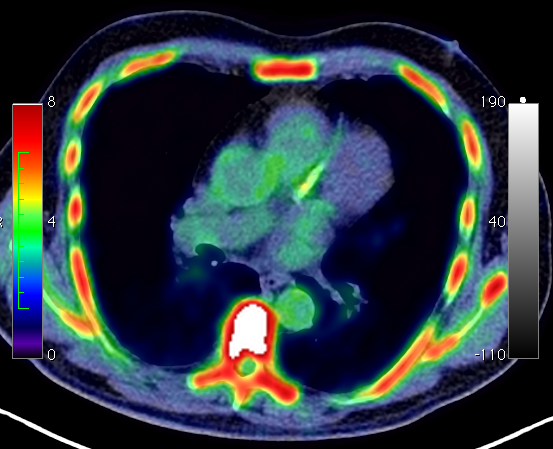The paper we published in JACC with colleagues in Edinburgh continues to be discussed. A letter and our reply were recently aired on the JACC website.
It’s certainly true that we don’t fully understand the dynamics of NaF uptake into coronary atherosclerosis. And we are still working on ex-vivo experiments to determine the binding characteristics of the tracer in atherosclerosis, which will likely be similar to that expressed in bone tissue. We do know that the degree of NaF uptake correlates with cardiovascular risk, and there is only a weak relationship between NaF and FDG uptake. So it is likely telling us something different from metabolic activity of the plaque.
Whether it is predictive of future cardiovascular events, can be altered with therapy or is reproducible - time (and lots of research efforts) will tell.


.png)